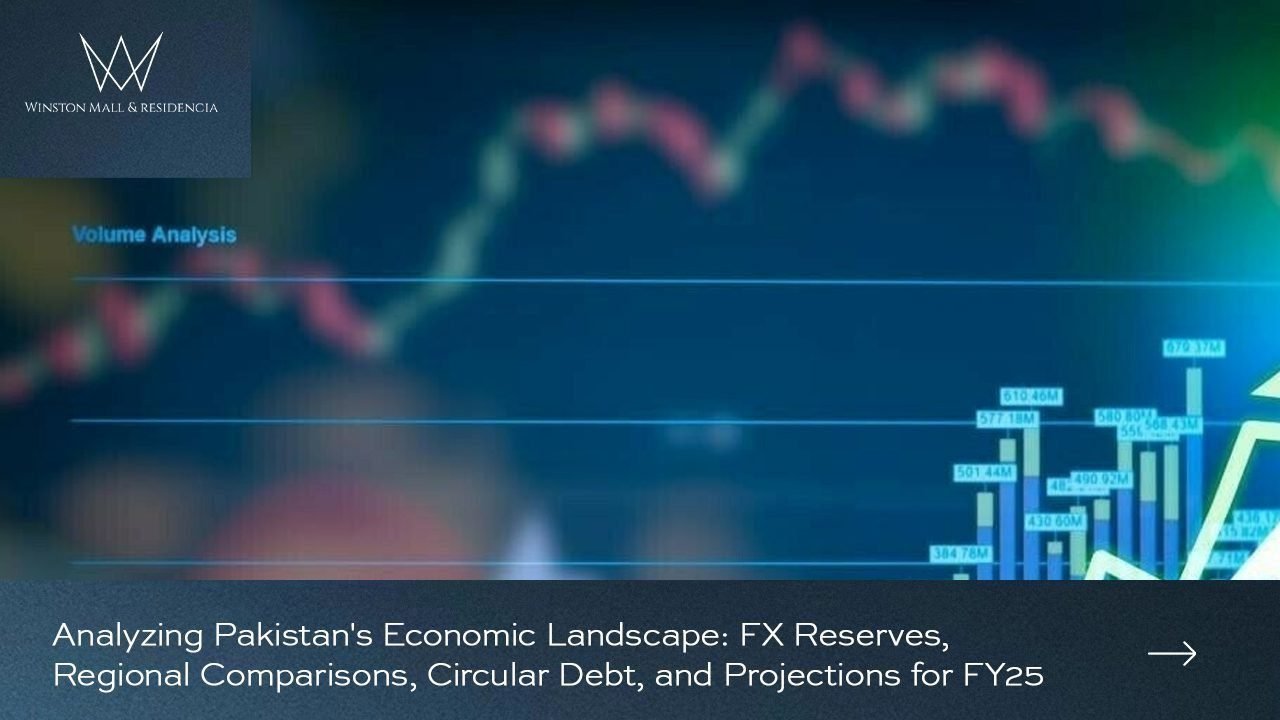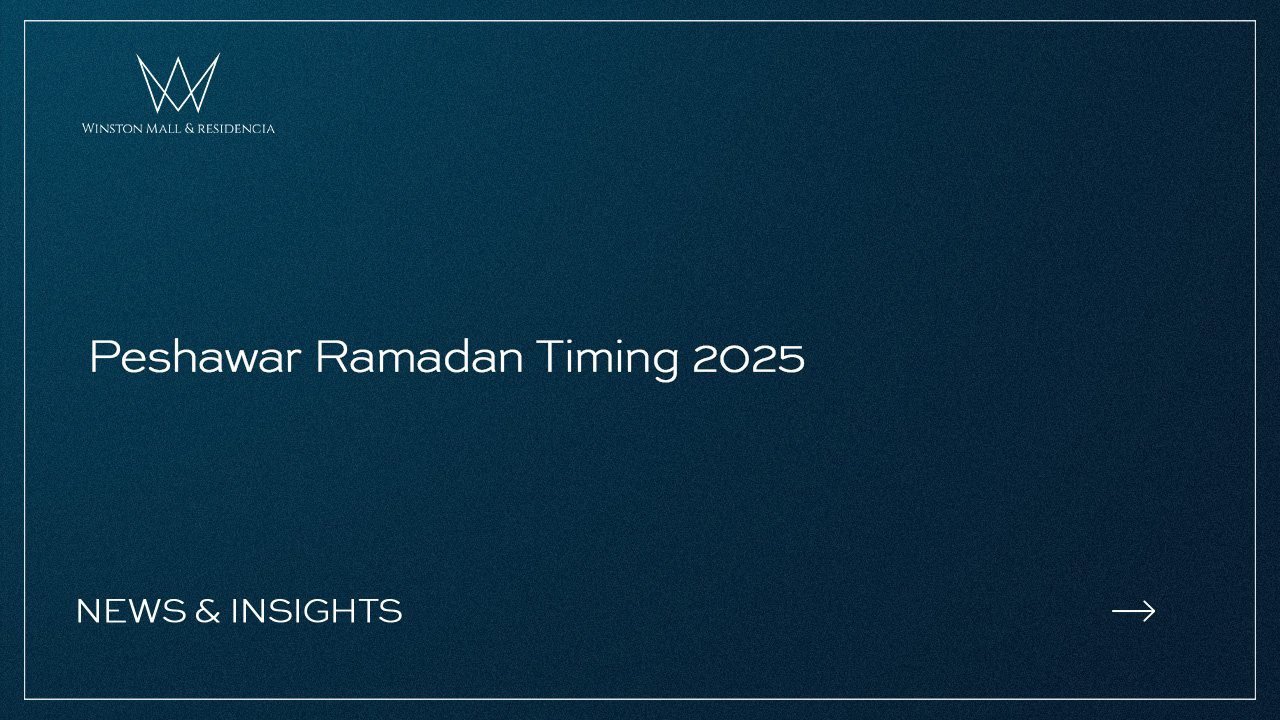Table of Contents
ToggleForex Reserves: A Glimmer of Hope
Pakistan’s economic outlook improved as the nation bolstered its foreign reserves and achieved exchange rate stability, key factors for overall economic health.
By May 31, 2024, the State Bank of Pakistan (SBP) reported foreign exchange reserves of $9.1 billion, a significant increase from $4.4 billion in June 2023. This $4.7 billion growth was attributed to foreign inflows, which supported the Pakistani rupee against the US dollar.
The country’s total liquid foreign reserves reached $14.2 billion, with commercial banks holding $5.1 billion in net foreign reserves.
Worker remittances, a crucial source of foreign exchange, have played a vital role in managing the current account deficit. Since October 2023, remittances have shown positive growth due to reforms in exchange companies and a narrower gap between interbank and open market exchange rates.
From July 2023 to May 2024, remittances increased by 7.7%. Saudi Arabia was the largest contributor, accounting for 31% of the total increase. The UAE followed with a 28% increase, while EU countries contributed 18%. Both the USA and UK saw 16% increases.
Notably, Pakistan received record-breaking remittances of $3.2 billion in May 2024.
Foreign aid disbursements came from various sources, including $2 billion from the Naya Pakistan Certificate, $1.354 billion from IDA, and $889 million from the IMF.
Regional Economic Landscape: A Comparative View
When comparing Pakistan’s economic indicators with its regional neighbors, we see a mixed picture:
Pakistan vs. India
- Pakistan’s GDP growth rate improved from -0.2% to 2.38%, while India’s decreased slightly from 7.8% to 6.8%.
- Pakistan’s per capita income rose from $1,554 to $1,680, but remains significantly lower than India’s $2,731.
- Pakistan’s inflation rate, while still high at 24.8%, showed improvement from 29.2%. India maintained a much lower inflation rate of 4.6%.
Bangladesh and Sri Lanka
- Bangladesh maintained steady growth, with GDP increasing from 6.0% to 5.7%.
- Sri Lanka’s data for FY24 was largely unavailable, but FY23 showed negative growth and high inflation.
The Circular Debt Conundrum
Pakistan’s Energy Sector Faces Mounting Challenges as Circular Debt Escalates
The power and energy sectors in Pakistan continue to grapple with increasing circular debt, signaling persistent financial distress.
Power Sector: By January 2024, circular debt in the power sector reached PKR 2,635 billion, equivalent to 2.4% of GDP. This significant accumulation since 2018 can be attributed to several factors:
- “Take-or-pay” contracts for imported coal and gas plants
- Rising capacity payments
- Increased vulnerability to fuel price fluctuations
Gas Sector: The gas sector’s circular debt surged to PKR 2,866 billion (2.7% of GDP) by January 2024. Key drivers include:
- Delayed tariff adjustments
- Operational inefficiencies
- Seasonal diversion of costly RLNG to domestic consumers during winter months
These figures underscore the ongoing financial challenges faced by Pakistan’s energy sector, with implications for the broader economy.
Critical Challenges
- Ineffective Structure
- Inadequate planning and heavy subsidization result in: • Operational inefficiencies • Unreliable energy provision • Significant financial deficits (termed “circular debt”)
- Excessive Subsidies
- Highest in South Asia
- Estimated at PKR 976 billion (0.9% of GDP)
- Primarily directed towards electricity consumption
- Official tariffs remain insufficient for cost recovery
- Subsidy Distribution
- 62% of residential users receive subsidies
- All agricultural consumers are subsidized
- Despite improved progressivity in residential subsidies, electric tube well subsidies predominantly benefit affluent farmers
- Operational Shortcomings
- State-owned electricity distribution companies (DISCOs) struggle with: • Outdated metering systems • Poor collection rates • High technical losses • Widespread theft
- These issues compound revenue shortfalls and exacerbate circular debt
Government Initiatives and Reforms
- Tariff Adjustments and Subsidy Restructuring: These measures have reduced the disparity between tariffs and supply expenses, safeguarding vulnerable consumers while preventing further debt accumulation.
- Electricity pricing evolved from 2021 to 2024: • 2021: 3.95/unit (under 50 units) to 25.98/unit (over 700 units) • 2024: 5.95/unit (under 50 units) to 35.54/unit (over 700 units).
- Gas pricing changes from 2023 to 2024: • 2023: PKR 300 (under 25 m3 usage) to PKR 4,000 (over 400 m3 usage) • 2024: PKR 500 (under 25 m3 usage) to PKR 4,200 (over 400 m3 usage).
- Crackdown on Theft: An anti-theft initiative boosted revenue collection, generating an additional PKR 76 billion by January 2024.
Looking Ahead: FY25 Projections
Economic Outlook for Fiscal Year 2025
As we look ahead to Fiscal Year 2025 (FY25), several key economic trends and policy shifts are expected to shape Pakistan’s financial landscape. This analysis explores the anticipated changes in monetary policy, energy sector, privatization efforts, fiscal measures, currency stability, and foreign investments.
Monetary Policy: Easing and Interest Rate Reduction
The monetary environment is projected to become more accommodative in FY25, with a significant 150 basis point cut in policy rates. This easing trend is driven by multiple factors:
- High base effect: Previous rate hikes create a comparative baseline that makes current rates appear lower.
- Improved supply conditions: Enhanced production and distribution of goods and services may help stabilize prices.
- Stable policy rate expectations: Market anticipation of consistent interest rates can influence monetary decisions.
The central bank’s inflation forecast for the medium term ranges between 5% and 7%. This projection supports the likelihood of declining policy rates in FY25, as lower inflation expectations typically allow for more relaxed monetary policy.
Impact on borrowing and investment:
- Reduced borrowing costs for businesses and consumers
- Potential stimulation of economic activity through increased lending
- Possible boost to investment in various sectors
Challenges:
- Balancing growth stimulation with inflation control
- Ensuring that lower rates don’t lead to excessive credit expansion
Energy Sector: Tariff Increases on the Horizon
The energy sector is poised for significant changes, primarily driven by the need to address the circular debt issue and meet International Monetary Fund (IMF) conditions:
- Electricity tariff hikes: Consumers should brace for higher electricity bills.
- Gas price increases: Similar to electricity, gas prices are expected to rise.
Rationale behind tariff hikes:
- Reduction of circular debt: By increasing revenues, the government aims to alleviate the financial burden on energy companies.
- Subsidy removal: IMF conditions often require the phasing out of subsidies to improve fiscal health.
Potential consequences:
- Short-term inflationary pressures as higher energy costs ripple through the economy
- Improved financial health of energy companies, potentially leading to better service and infrastructure investment
- Increased burden on low-income households, necessitating targeted support measures
Privatization: Focus on State-Owned Enterprises
The government is placing a strong emphasis on privatizing major state-owned enterprises (SOEs) to enhance service delivery and operational efficiency:
- Pakistan International Airlines (PIA): The privatization process for the national carrier is already underway, with interest from potential buyers.
- Other potential candidates: While not specified, other large SOEs in sectors such as energy, telecommunications, or banking may be considered for privatization.
Objectives of privatization:
- Improve operational efficiency and service quality
- Reduce the financial burden on the government
- Attract private sector expertise and investment
Challenges and considerations:
- Ensuring fair valuation and transparent processes
- Addressing labor concerns and potential job losses
- Maintaining strategic national interests while pursuing privatization
Fiscal Measures: Balancing Act Between Revenue and Inflation
The upcoming budget is expected to focus on two primary areas:
- Broadening the tax base: Efforts to increase the number of taxpayers and improve tax collection efficiency.
- Reducing subsidies: Continuing the trend of subsidy reduction across various sectors.
Potential short-term effects:
- Inflationary pressures as reduced subsidies lead to higher prices
- Increased tax burden on newly included taxpayers or sectors
Long-term benefits:
- Improved fiscal stability and reduced budget deficits
- Enhanced government capacity for development spending and public services
Balancing act required:
- Implementing reforms gradually to minimize economic shocks
- Providing targeted support to vulnerable segments of the population
Currency Stability: Limited PKR Depreciation Expected
The outlook for the Pakistani Rupee (PKR) appears relatively stable, supported by anticipated improvements in foreign inflows:
- IMF program negotiations: The government is in talks for a substantial $7-8 billion IMF program.
- Foreign exchange reserves: Successful IMF negotiations could significantly bolster the country’s forex reserves.
Expected outcome:
- Relative stability in the PKR/USD exchange rate
- Improved investor confidence in the Pakistani economy
Factors contributing to stability:
- Enhanced forex reserves providing a buffer against external shocks
- Potential for reduced import pressures if domestic production improves
Risks to consider:
- Global economic uncertainties that could affect capital flows
- Domestic political or economic developments that might impact investor sentiment
Foreign Investment: Middle Eastern Focus
The government has established the Special Investment Facilitation Council (SIFC) to attract foreign investment, with a particular focus on Middle Eastern countries:
Key sectors targeted:
- Agriculture
- Mining & minerals
- Information technology
- Energy
Positive response: Initial feedback from Middle Eastern nations has been encouraging, suggesting potential for significant investments.
Potential impact:
- If these initiatives materialize, economic growth could exceed current FY25 projections
- Inflow of foreign capital could boost forex reserves and support currency stability
- Technology transfer and expertise sharing in key sectors
Challenges to address:
- Ensuring a conducive business environment for foreign investors
- Streamlining bureaucratic processes to facilitate investment
- Balancing foreign investment with domestic industry development
Our Recommendation
Fiscal Reforms
To address Pakistan’s economic challenges, several fiscal reforms are crucial. The government must control debt accumulation by reducing borrowing, restructuring existing debt, and improving debt management practices. The tax system needs rationalization through a simpler, fairer structure with a broader base to boost revenue collection. Resolving the circular debt crisis in the energy sector is essential for economic stability. Additionally, the National Finance Commission Award should be rationalized to ensure equitable resource distribution between federal and provincial governments, enabling more effective poverty alleviation efforts.
Emphasis on Local Production and Foreign Direct Investment
Pakistan should focus on curtailing non-essential imports, particularly in sectors like automobiles, while promoting local production. This can be achieved by supporting local industries through private sector investment and creating a conducive business environment. To attract both foreign direct investment (FDI) and portfolio investment, the country must implement structural reforms, enhance transparency, and improve ease of doing business.
Long-Term Strategic Initiatives
Investing in human resources is critical for Pakistan’s long-term economic growth. This involves prioritizing education, healthcare, and skills development, with a particular focus on information technology to create a globally competitive workforce and boost exports. Empowering women and promoting their economic participation is essential for unlocking their potential and driving inclusive growth. Addressing population growth through responsible control measures is also crucial for long-term economic sustainability.
Governance and Institutional Reforms
Ensuring long-term planning and a stable political environment is vital for attracting foreign investment and fostering regional cooperation. This may be achieved through an independent forum like the Special Investment Facilitation Council (SIFC). Formalizing the economy by documenting transactions will enhance transparency, improve tax collection, and attract investment. Digitizing and automating the Federal Board of Revenue (FBR) will improve efficiency, reduce corruption, and increase tax compliance. At the provincial level, improving public service delivery in education, healthcare, and infrastructure through better governance, capacity building, and technology adoption is essential.
Leveraging External Factors
Pakistan should implement measures to increase remittance inflows, potentially by facilitating the export of skilled labor. Successfully negotiating a new three-year IMF program is crucial for addressing financing needs and maintaining economic stability.
By effectively addressing these challenges and implementing the proposed solutions, Pakistan can transition from the recovery phase to a path of sustained and inclusive economic growth.
Conclusion
Pakistan’s economy shows signs of resilience and potential growth, despite facing significant challenges. The improved forex reserves and remittance inflows provide a foundation for cautious optimism. However, addressing structural issues, particularly in the energy sector, remains crucial. As the country navigates through reforms and seeks foreign investment, the coming fiscal year could be pivotal in determining Pakistan’s economic trajectory. While short-term challenges persist, the groundwork for long-term stability and growth appears to be taking shape.




